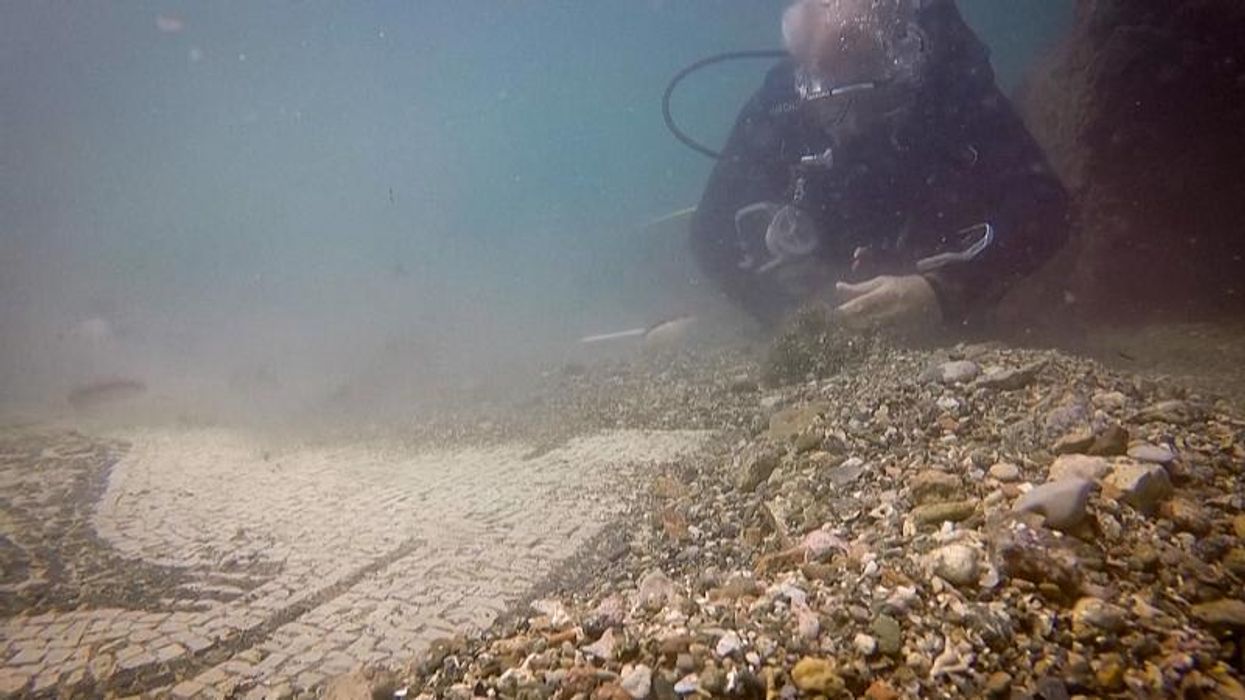Wild animals such as bears and lions were often a feature in brutal blood-thirsty games at Rome's Colosseum - and now it's been discovered that sausage dogs might have also been used for violent entertainment too.
Underneath the 2,000-year-old amphitheatre, archaeologists recently found bones similar to a modern-day (and very cute) dachshund as part of a project exploring the drains and sewers below the landmark.
"We found many bones from dogs which were similar to the modern sausage dog," Alfonsina Russo, director of the Colosseum, told The Telegraph.
Sign up to our free Indy100 weekly newsletter
Though the Dachshund breed only appeared in the 18th century for badger hunting so the Colosseum bones are the sausage dog ancestors.
In ancient Roman times, "Venatio" took place where various animals were hunted and fought one another as a form of entertainment - so not exactly a nice image to imagine for the short-legged, long-bodied doggos.
Especially since Russo detailed the possible roles the sausage dogs may have had at the Colosseum.
"They were less than 30cm [11.8 inches] in height. We think they may have been used to perform acrobatic tricks, just as you would see in a circus today. Or it may be that they were used as part of staged hunts or even pitched against bears and animals like that."
But added: "We don't know for sure."
\u201cL'indagine ha interessato il collettore Sud, ostruito e fuori uso pi\u00f9 o meno dal 523 d.C., quando il Colosseo ha smesso di essere anfiteatro per poi essere una sorta di condominio, fortezza, ospedale e persino filanda\n\nMartina Almonte, RUP del progetto \n\n#idraulicadelColosseo\u201d— \ud83c\udfdb Colosseo \u2022 Foro Romano \u2022 Palatino (@\ud83c\udfdb Colosseo \u2022 Foro Romano \u2022 Palatino) 1669310057
Along with the bones of sausage dogs, leopards, lions, bears, and ostriches bones were also discovered in the year-long study where researched looking through 70m of drains and sewers underneath the Colosseum.
“The investigation involved the southern manifold, blocked and out of use more or less since 523 CE, when the Colosseum stopped being an amphitheater and then became a sort of condominium, fortress, hospital, and even a spinning mill," Martina Almonte, the project leader said.
It wasn't just animal remains down there either as there were also traces of different snacks such as fruits, nuts, and olives which some of the 50,000 spectators would've tucked into.
Meanwhile, 50 bronze coins from the late Roman period and a silver coin dating to around 171 CE that commemorates 10 years of the rule of Marcus Aurelius, the philosopher and Roman emperor (who you may have heard of from the 2000 film Gladiator) from 161 to 180 CE, Reuters reported.
Have your say in our news democracy. Click the upvote icon at the top of the page to help raise this article through the indy100 rankings.














